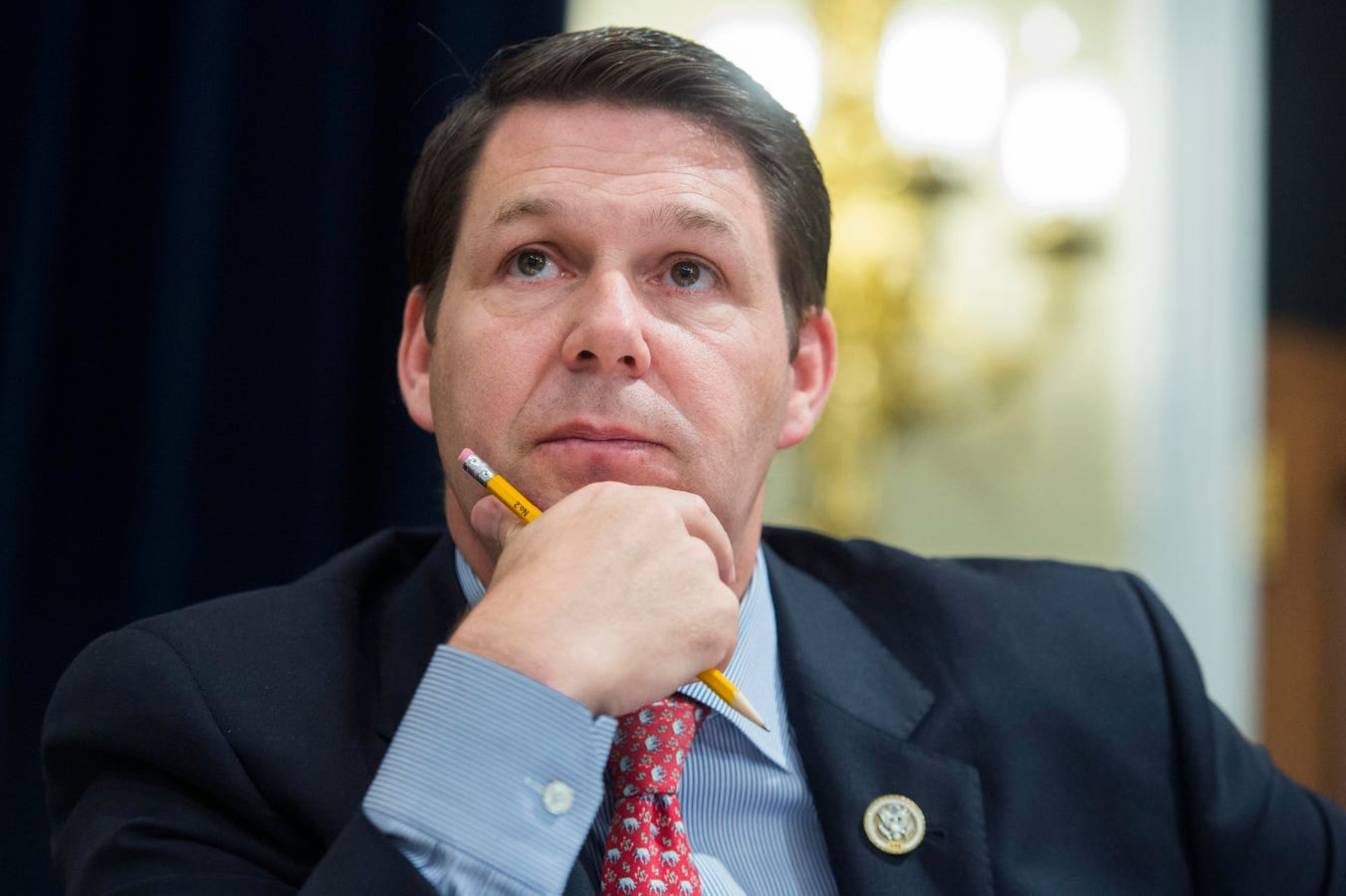Money
Draft House Budget Targets Leave Republicans With Tough Tax Choices

The Upcoming Fiscal Framework in the House of Representatives
The House Budget Committee is set to review a sweeping fiscal proposal spearheaded by House Speaker Mike Johnson (R-LA). This framework aims to accommodate approximately $4.5 trillion in tax cuts over the next decade, while also imposing at least $1.5 trillion in spending reductions. At first glance, this plan appears bold and ambitious, but it also presents significant challenges for lawmakers. The proposal is part of a broader effort by House Republicans to advance a unified legislative agenda, often referred to as "one big beautiful bill." However, the reality of achieving such a goal is proving far more complicated, particularly when compared to the lofty revenue objectives set by former President Donald Trump.
The Cost of Ambition: Extending the TCJA and Beyond
The centerpiece of this fiscal debate is the Tax Cuts and Jobs Act (TCJA), a landmark tax reform law passed in 2017. Many of its key provisions are set to expire over the next decade, and making them permanent is a top priority for Republicans. However, the cost of doing so is substantial—over $4 trillion alone. Additionally, President Trump has proposed a range of new tax cuts, including tax-free tips, overtime pay, and Social Security benefits, which could push the total price tag to as high as $11 trillion over the next 10 years. These numbers dwarf the $4.5 trillion tax cut allocation in the current House framework, forcing lawmakers to make difficult decisions about what to prioritize.
Navigating Hard Choices in the Budget Process
Faced with the daunting task of squeezing $11 trillion worth of tax cuts into a $4.5 trillion budget, House Republicans are exploring several strategies to reconcile the gap. One option is to extend the TCJA provisions for a shorter period, such as five years, rather than making them permanent. Another possibility is to phase in Trump’s proposed tax cuts over time or scale them back to reduce their overall cost. Lawmakers could also introduce controversial revenue-raising measures to offset some of the tax cuts, though this would likely face political pushback. Finally, they might rely on creative accounting tactics, such as claiming that the tax cuts will largely pay for themselves, despite evidence from organizations like the Tax Policy Center suggesting otherwise.
Divided Priorities: Balancing Tax Cuts and Spending Reductions
The debate over the fiscal framework has exposed deep divisions within the House Republican caucus. House Budget Committee Chair Jodey Arrington (R-TX) is pushing for more aggressive spending cuts, while House Ways & Means Committee Chair Jason Smith (R-MO) is advocating for a greater emphasis on tax cuts. These competing priorities reflect the broader ideological tensions within the party. On one hand, some lawmakers believe that cutting spending is essential to reduce the national debt and rein in government spending. On the other hand, others argue that tax relief is critical to stimulate economic growth and deliver on campaign promises.
The Role of the House Freedom Caucus and Moderate Republicans
The House Freedom Caucus, a group of conservative lawmakers, is advocating for a more incremental approach. While they support making the TCJA permanent, they are willing to slow-walk some of Trump’s more ambitious tax proposals, such as tax-free tips, to stay within the $4.5 trillion limit. Meanwhile, a faction of moderate House Republicans from high-tax states is pushing for an increase in the state and local tax (SALT) deduction cap, which currently stands at $10,000 for joint filers. Raising this cap to $20,000 would cost an estimated $225 billion over 10 years, further complicating the already strained budget arithmetic.
A Rocky Road Ahead: Uncertainty in the House and Senate
The fate of this fiscal framework remains highly uncertain. The House Budget Committee must navigate the conflicting priorities of its members while attempting to meet the $4.5 trillion tax cut target. At the same time, Senate Republicans are pursuing a different strategy, delaying any significant tax cuts or consideration of the TCJA until later in the year. This divergence between the two chambers underscores the challenges of advancing a unified Republican agenda in a divided government. For now, the path forward remains unclear, leaving lawmakers and stakeholders alike to wonder whether this ambitious fiscal proposal will ever become a reality.


















